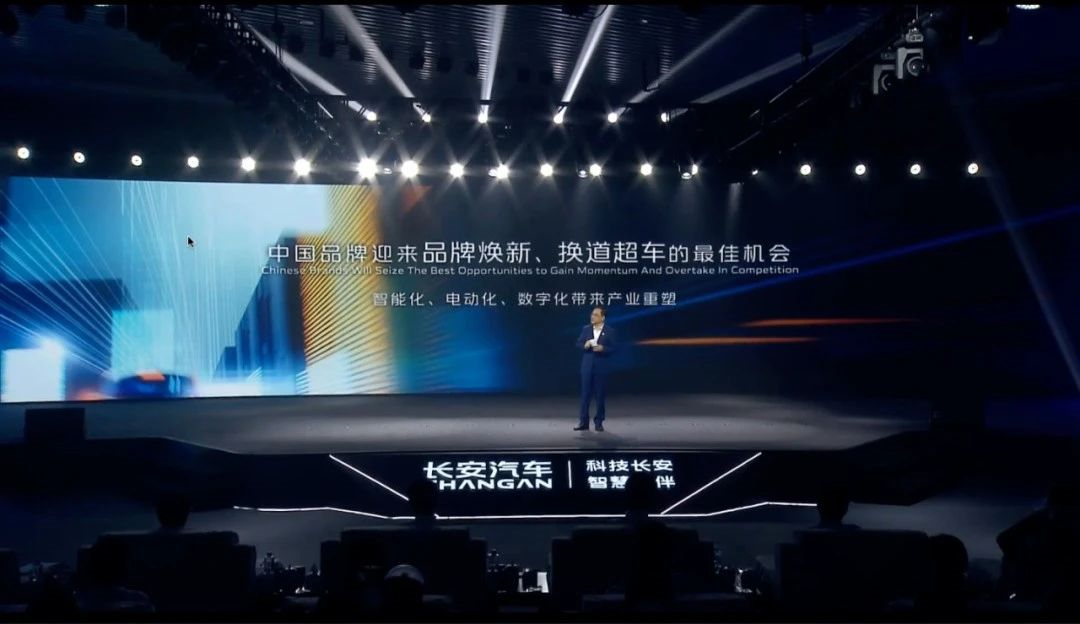A Series of Explosive Information Releases
This is my deepest feeling after watching the two sessions of the 2021 Changan Technology Ecological Conference this morning and afternoon.
“In the next decade, a world-class Chinese brand will definitely emerge globally. Everyone will ask, which brands? I can’t make a hasty judgement, but there is one brand that is certain, that is Changan Automobile.”
“We must comprehensively accelerate our transformation into an intelligent low-carbon travel technology company and advance towards a world-class brand.”
“In 2030, we will build a world-class brand, with sales reaching 4.5 million units, the proportion of new energy reaching 60%, and overseas sales exceeding 30%.”
These are some of the comments made by Changan Automobile Chairman Zhu Huarong during the conference today.
Hmm, it’s another conference to express determination and set goals.
In fact, as early as April of this year, at the Shanghai Auto Show, Changan officially released the “14th Five-Year Plan” and the 2030 vision. The previously set target was: “By 2030, Changan Automobile’s sales will reach 5 million units, of which Changan brand sales will reach 3.5 million units.”
From the new goal announced at this conference, Changan made a slight adjustment, reducing sales from 5 million to 4.5 million.
But even so, it’s still quite ambitious.
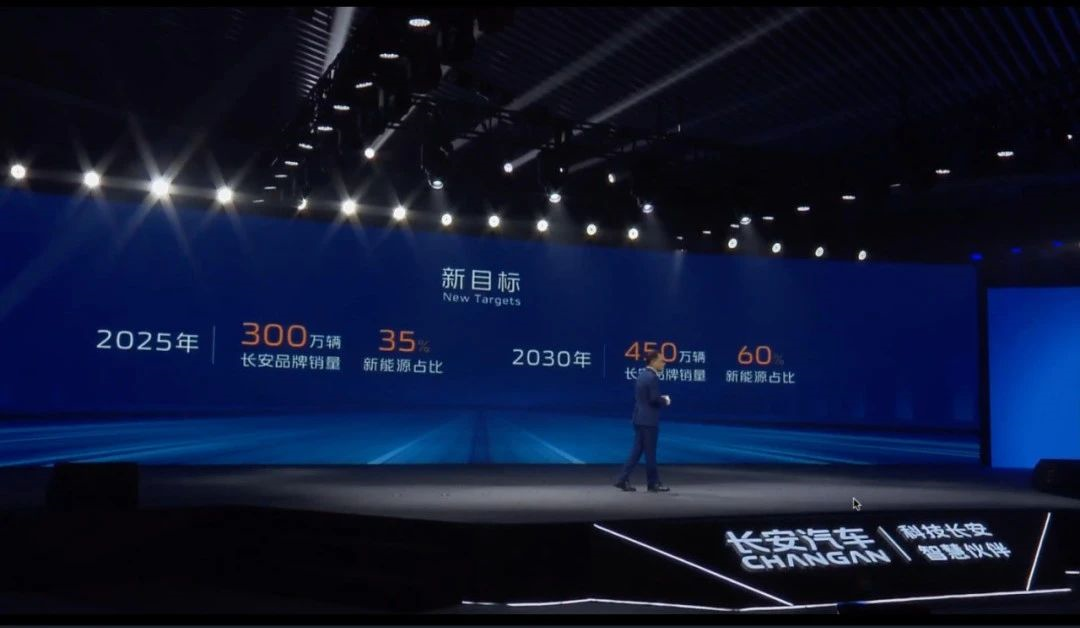
For the 2025 timeline that everyone is competing for, Changan finally has a further plan:
By 2025, Changan brand sales will reach 3 million units, with new energy accounting for 35%, about 1.05 million units.
Another data point is that in 2020, Changan Automobile’s Changan brand sales exceeded 1.5 million units. That is to say, this number needs to double by 2025.

After seeing this number, my true reaction is like this.
Let’s assume it’s 2025, and in addition to Changan Automobile, all kinds of new car-making forces, ICT companies, and domestic and foreign traditional car companies that Zhu Huarong mentioned are basically emerging.
So, the question arises, with so many choices, why should consumers choose Changan?
This is the question that Changan should answer.
New Brand: Avita
Currently, Changan does not have a related high-end brand or model, and the most expensive model costs only around 200,000 RMB.# Changan’s New Brand “Avita” and Its First Model E11 Unveiled
For Changan to move up the ladder, a new brand is needed to upgrade its brand architecture. Huawei has a very deep accumulation in software and smart-related fields, while CATL is a leading presence in the battery field. The support of these two giants can bring “added value” to Changan’s new brand. This is also why Changan wants to co-create this new brand with them.
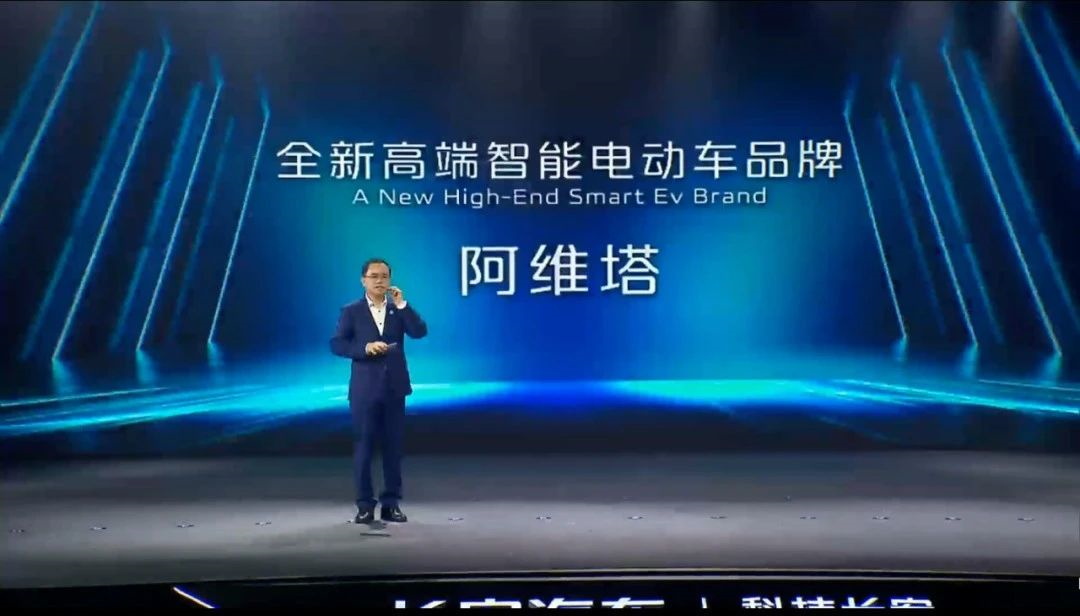
“Avita” is the new brand created by the three companies.
The three parties jointly built the CHN platform, and E11 is its first model. Currently, it is known that E11 is undergoing vehicle testing and will be unveiled at the end of this year.
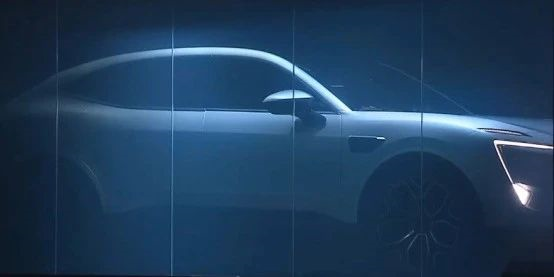
Although only partial views of the car are available at present, Changan has stated that it will release detailed brand plans soon and that it will quickly launch four new products.
In addition, on the CHN platform, a total of 11 new products, including coupes, SUVs, MTVs, and other forms, will be developed over the next three years. The speed of product launches is quite fast.
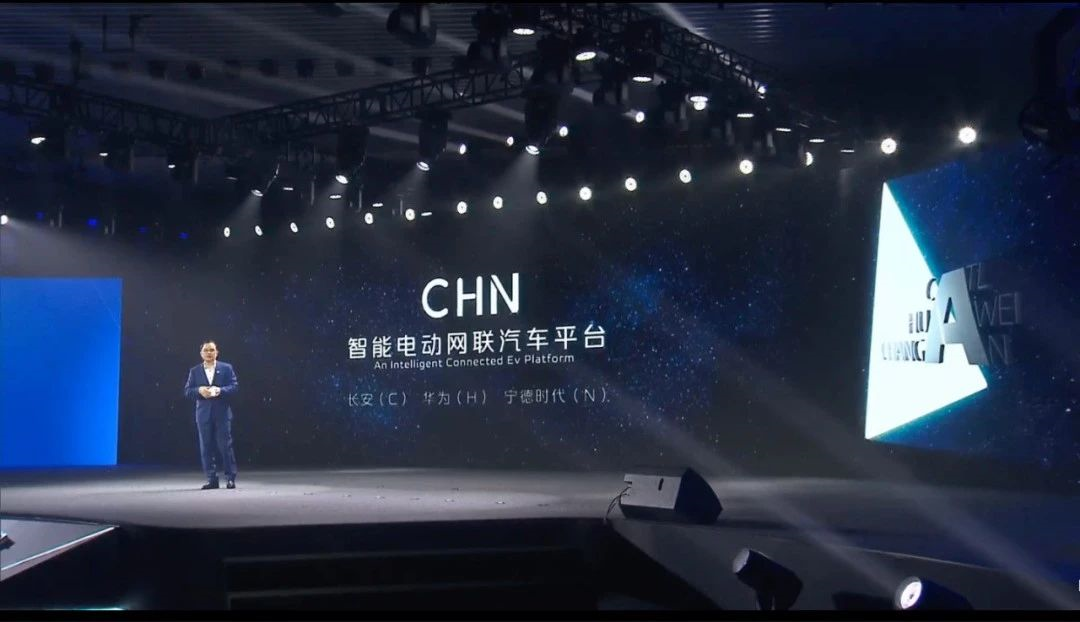
In addition, the newly designed C385, based on the exclusive Changan electric vehicle platform (EPA2), made its debut, and the new car will be equipped with many of Changan’s recent new technologies (such as APA7.0 remote unmanned valet parking system and electric drive high-frequency pulse heating technology).
This also means that Changan’s new energy offensive is about to begin, but how well will this move play out? Indeed, it is very curious.
Investment: 150 billion yuan, where will it go?
Investment is necessary.
Changan Automobile’s budget is 150 billion yuan. In the next five years, Changan will invest a total of 150 billion yuan in the entire industry chain, 500 billion yuan more than the 100 billion yuan invested by Great Wall Motors.
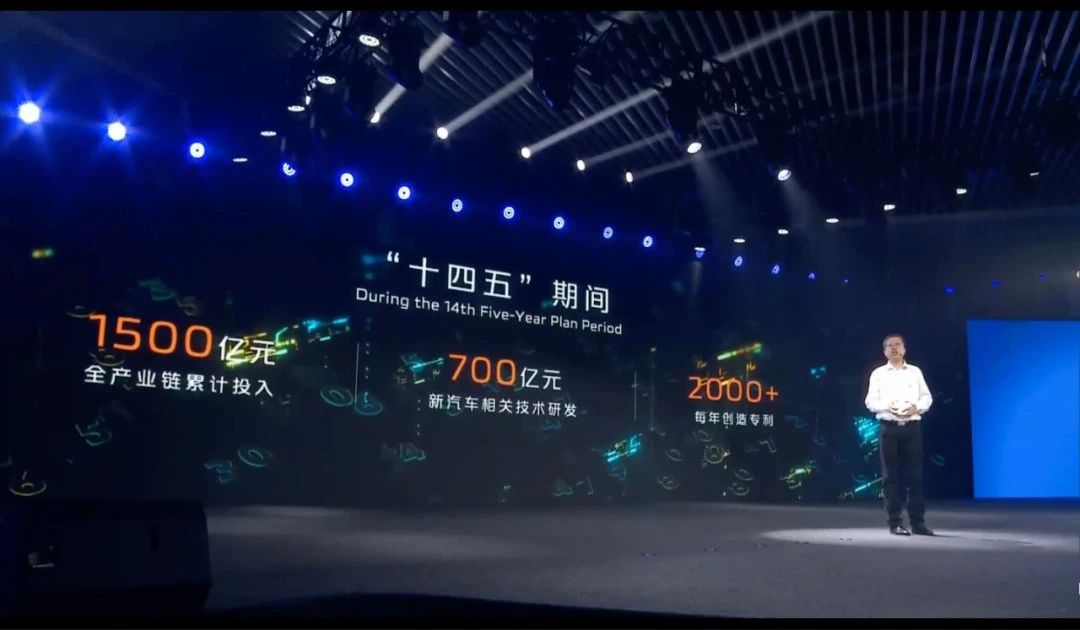
Of the 150 billion yuan, 70 billion yuan is used for R&D of new automotive-related technologies, and more than 2,000 patents will be created each year to build a digital technology ecosystem.
Which specific technologies? Great Wall Technology has planned three major categories and four major fields, involving 193 key core technologies such as chip design, central control, and operating systems, collectively called “6337” new technology capabilities. Among them:The “6” refers to the six-layer structure of the new generation of automobiles, including mechanical, energy, electronic and electrical architecture, operating system, application software, and cloud-based big data.
The first “3” represents the new operation systems of intelligent manufacturing, intelligent management, and intelligent products that lead traditional manufacturing enterprises to transform into new technological enterprises.
The second “3” involves the three digital management foundations of cloud digitization, closed-loop data networking, and software platform services, which possess the characteristics of industrial digitization and digital industrialization, leading to the creation of an interconnected digital world at Changan.
The “7” denotes the seven core specialized new automotive intelligent technologies of “core, screen, processor, diagram, network, heaven, and earth.”
Furthermore, Changan has implemented a revolutionary organizational structure of “small headquarters + business group + shared platform + incubation innovation” internally, which can establish software technology companies, advanced technology centers, and forward-looking technology research institutes. They have also introduced various incentive measures such as project follow-up investment, deferred bonuses, restricted stocks, and employee shareholding in order to strengthen their strategic scientific and technological organizational capacity. By opening up a list of technical projects and building innovation incubators, they are exploring new ways to allocate market resources to eventually achieve their goal of becoming a hub of new automotive technology innovation.
When I first saw this change in the organizational structure, it caught me off guard. I hope that this change in the inner kernel will inject new vitality into the innovation at Changan.
Changan has also determined to accelerate the pace of recruiting talent. By 2025, they plan to establish an original development team with over 3,000 people, more than 20 international leading talents, and over 200 industry leading talents in the fields of new energy, software systems, and autonomous driving.
In the next few years, the competition for talent will become another trend in the industry.
At present, Changan has two major architectures: the MPA Noah architecture and the SDA architecture. The former focuses on the traditional automotive field, helping Changan to complete upgrades from traditional internal combustion engines to various electrification power sources such as HEV, REEV, and PHEV. According to Changan’s statement, by 2030, the proportion of new energy vehicles sold should reach 60%, with a considerable portion of those being the electrification transformation of traditional gasoline vehicles.The latter is a brand new architecture designed for the new track of the automotive industry, which, based on the revealed features (plug-and-play hardware, all-around remote control, digital ecosystem development, and closed-loop data self-evolution), has achieved a software and hardware separation.
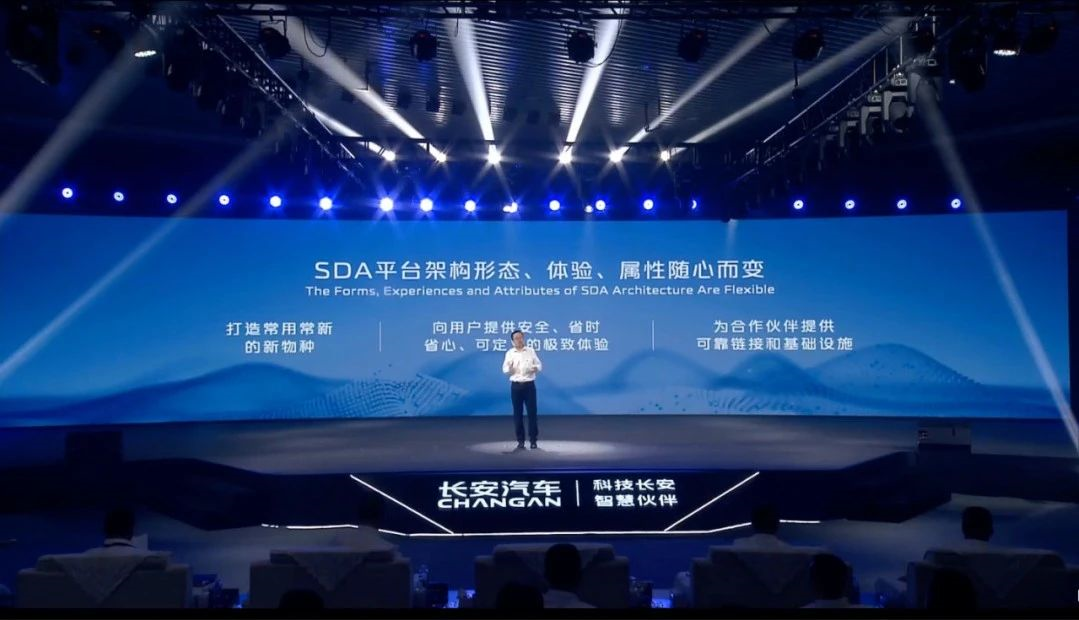
The three specialized electric vehicle platforms, EPA0, EPA1, and EPA2, already cover multiple levels such as small, compact, and mid-to-large size, and they have formed various forms of products such as sedan, SUV, MPV, etc.
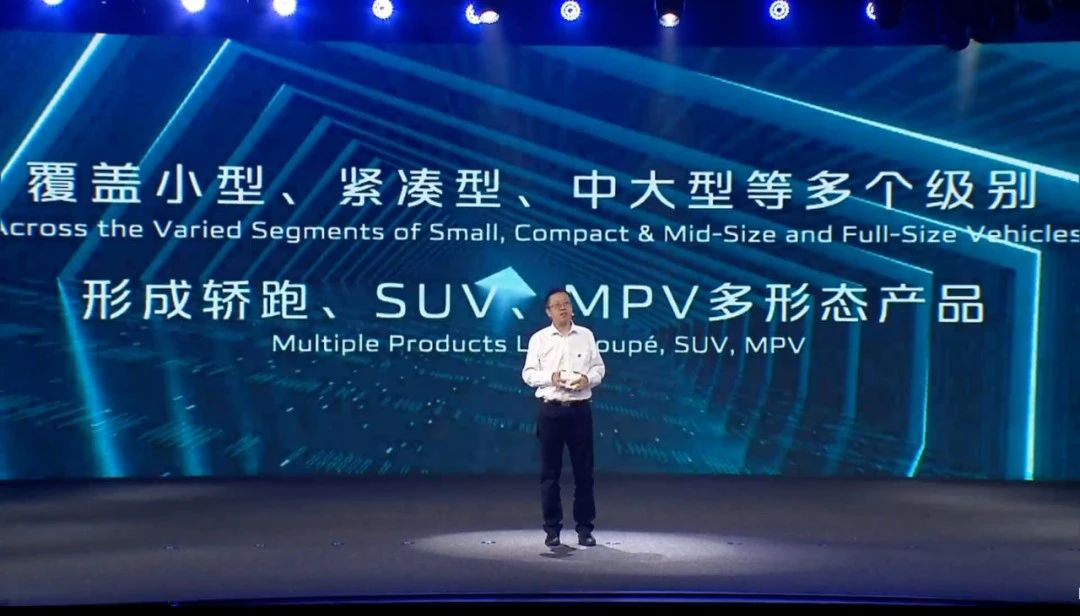
However, the pace of product launches has obviously slowed down.
At the Shanghai Auto Show, Changan announced a vehicle plan that would progressively release 26 new intelligent electric vehicles in the next five years. But now, the number has been reduced to 20 or more vehicles.
Obviously, this is related to the previous adjustment of overall sales targets.
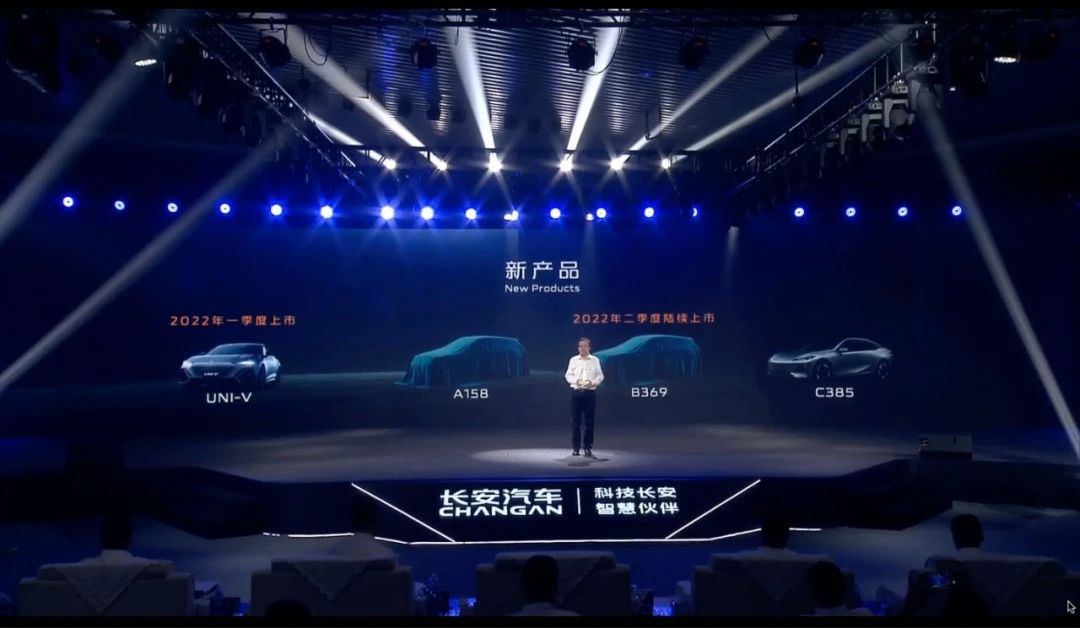
Currently known is the first UNI sedan upgraded based on the Ark architecture, the UNI-V, which will be launched in the first quarter of next year. Also, the new car species based on the SDA architecture is accelerating. The A158, B369, and C385 based on the new dedicated electric vehicle platform will be launched successively starting in the second quarter of next year.
New Technology: Coming Next Year
Speaking of the technology in general, in fact, the perception is not so apparent, nor has it excited me much. I would prefer to see practical technologies that can be mass-produced on vehicles and surpass competitors.
Changan announced many new technologies at the press conference. Here I’ll talk about two: the new generation of ultra-high-density electric drive and the APA7.0 remote unmanned valet parking system.
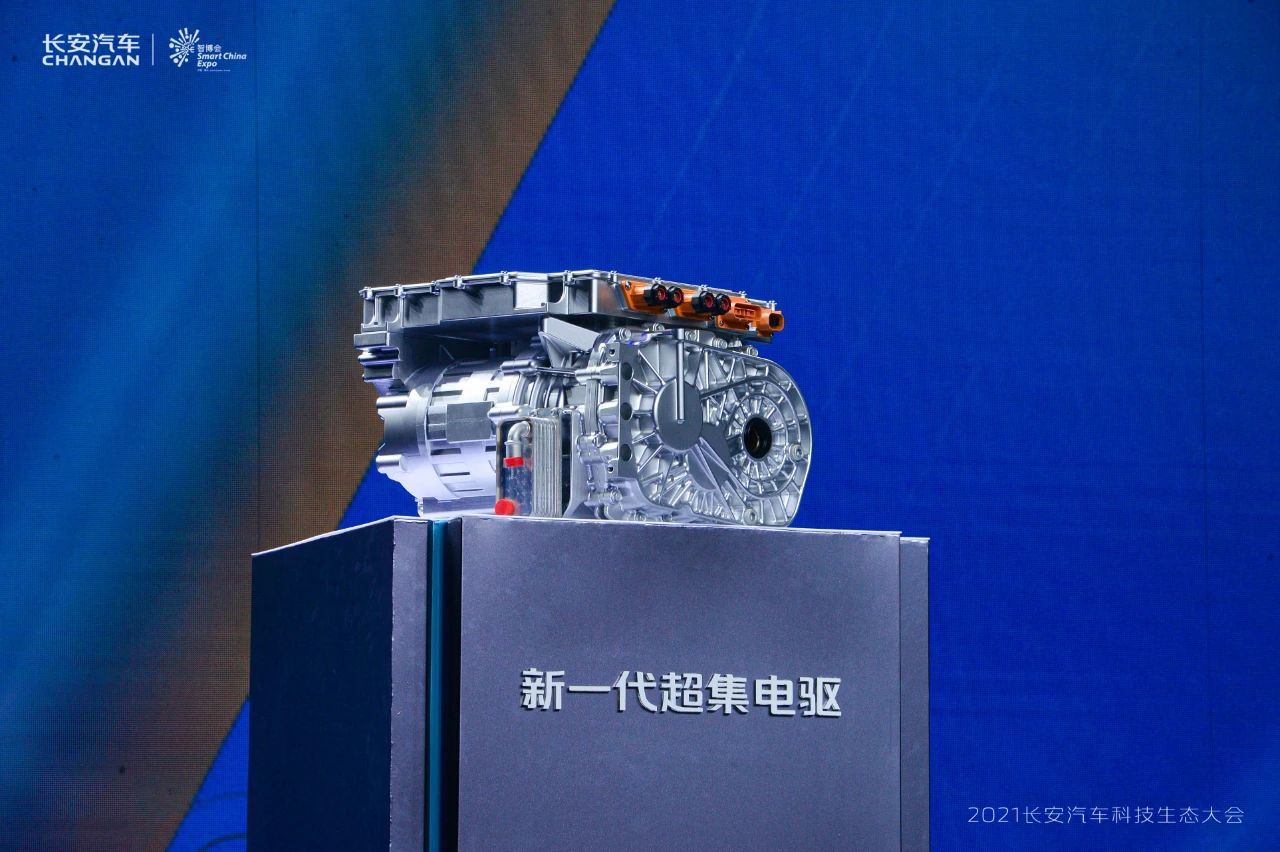
The new generation of ultra-high-density electric drive is 5% smaller in size, 10% lighter in weight, 37% higher in power density, 15% lower in noise, and 5% more efficient than the “three-in-one” electric drive system.
Based on Changan’s new energy power system planning, the new generation of ultra-high-density electric drive systems has developed two series of 450V and 800V products, which covers a voltage range of 240V-800V and meets the power needs of 160-300 KW, with a maximum of 400-1000 km of ultra-wide range.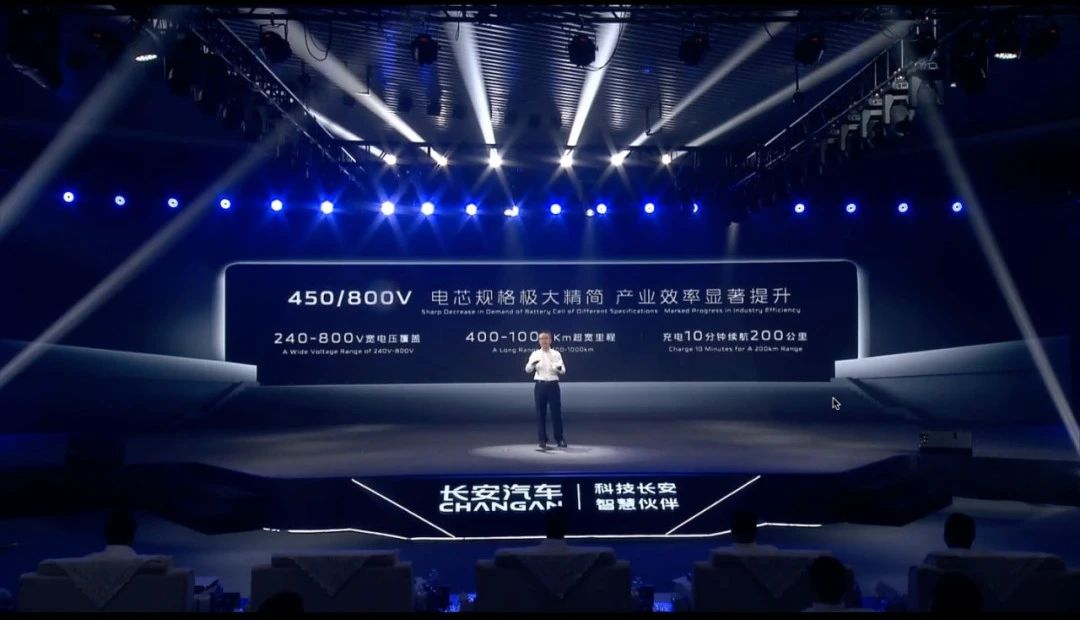
The new dedicated electric vehicle platform equipped with Changan’s new-generation ultra-high-voltage electric drive system and high-rate fast charging battery cells can achieve a 200km range after only 10 minutes of charging.
The next-generation ultra-high-voltage electric drive system uses the world’s first electric drive high-frequency pulse heating technology to achieve rapid heating of the lithium battery at ultra-low temperatures. It can heat up 20°C in 5 minutes at -30°C, thereby improving the charging and discharging performance of the battery. With the help of electric drive waste heat recovery technology, winter low-temperature cruising range can be effectively increased by 40-70 km.
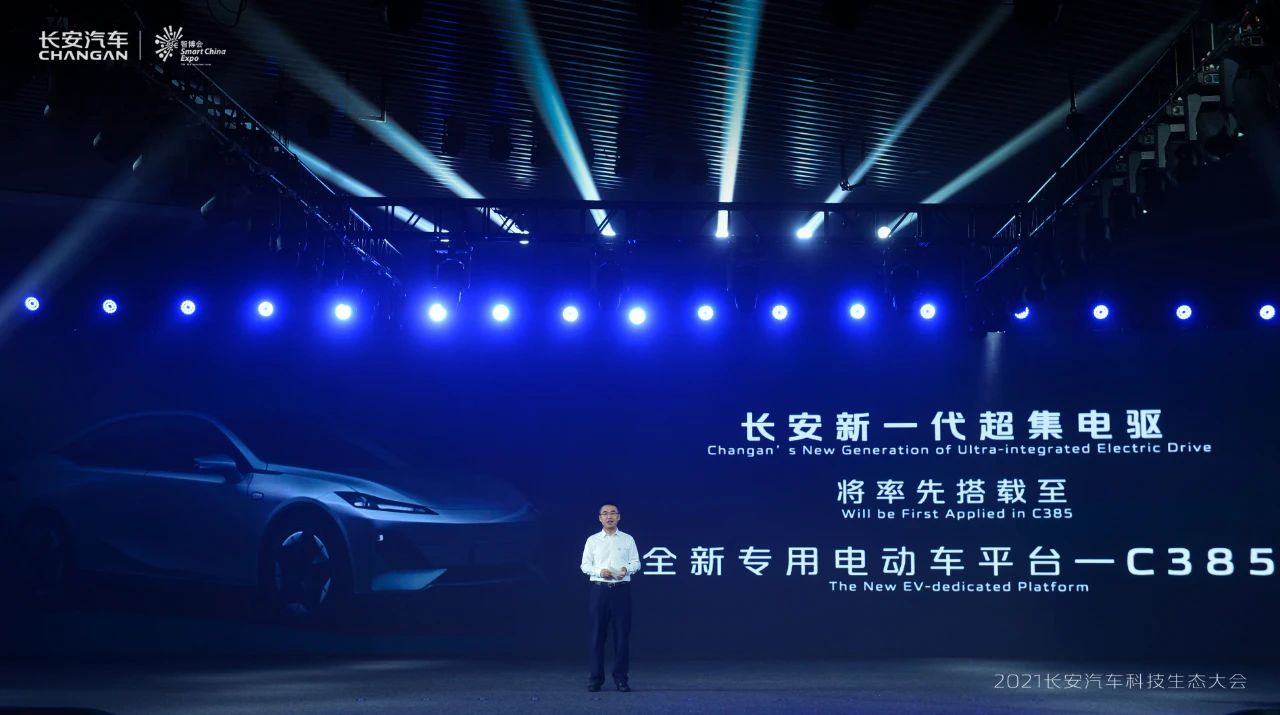
(By the way, will the 800V electric drive platform be on display at next year’s C385?)
APA7.0: equipped with 27 sensors, 5 4D imaging millimeter-wave radars specially designed for parking lot perception, 12 new-generation encoded ultrasonic radars, and 10 high-performance cameras, with a single camera pixel up to 8 million.
While complying with relevant national regulations, the first garage parking feature is the unmanned autonomous parking function outside the garage-allowing users to get off directly outside the garage, where the system will autonomously queue and drive through the barrier, find a parking space and park by itself.

Changan will work with its partners to establish a smart parking system ecosystem in major cities across the country. It is expected that by the end of 2022, 500 public parking lots covering the core commercial areas of major cities and large hospitals will be covered. In five years, it will expand to public parking lots in all second- and third-tier city large commercial areas, hospitals and other public parking lots.
These two technologies will be equipped on the C385 vehicle.
According to the above statement, the new car will start to be launched in the second quarter of next year. This means that we can see these cutting-edge technologies released as early as Q2 next year.
However, I still have some concerns. Will these technologies work as smoothly as shown in the video during mass production? Or is it inevitable that it will become “concept Lin Zhiling, mass production Luo Yufeng”?
This will largely determine the success or failure of the product and sales.
Marketing Strategy: Turning to Direct-to-Consumer Model
In terms of distribution, it is clear that Changan also intends to switch to a direct-to-consumer model.The Changan has built 300 Chehejia and ME stores. Meanwhile, it will complete the direct operation service ecological layout on December 30, through digital technology empowering marketing channels, to achieve direct connection between the customer side, factory side, car machine side, and consultant side. In the initial stage, UNI comprehensive service centers, shared function centers, and modified factories will land in the five central cities of east, west, south, north, and central China.
At the same time, Changan will also launch the UNI Servers proactive service intelligent system, using technology to create butler services, intelligent services, and achieve user experience full-scene coverage, conduct online VR car purchasing in cloud car show, intelligent vehicle online real-time diagnosis, transparent workshop real-time repair, and one-button response for fault occurrence, with 5-minute reach and 24-hour one-to-many butler service, to construct a full-lifecycle service model for buying, selling, using, repairing, and servicing.
Clearly, this step is also to learn from new forces and transform to enterprise users.
Summary
Set the clock back to October 2017,Changan had just released the “Shangri-La Plan”, announcing an accumulated investment of over 100 billion yuan in the entire industry chain by 2025.
Now, the new strategic plan is also aimed at 2025, but the investment amount has jumped straight to 150 billion yuan.
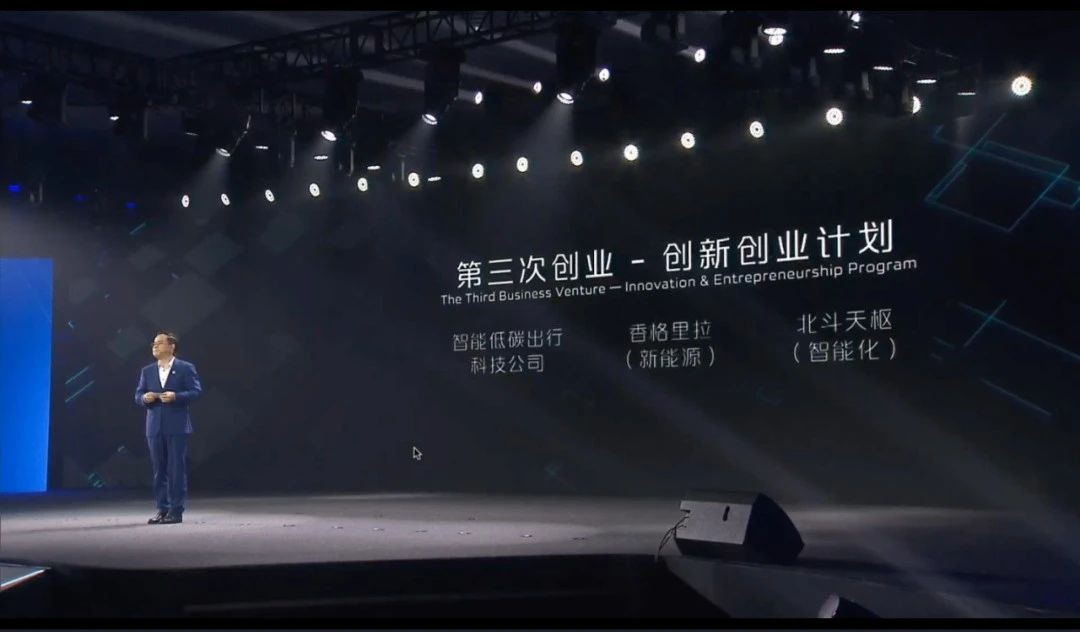
According to Changan, this is its third entrepreneurial endeavor. Clearly, this time Changan is making a big bet. And, it’s flying a big flag.
Overall, this is a top-down entrepreneurial transformation. If Changan really wants to achieve its 3 million target, in the less than five years left, it has little time for trial and error, and needs to take small steps quickly in areas such as organization, R&D, and channels.
Can Changan’s 3 million sales target be achieved? I don’t know, but I want to see the E11 at the end of the year, and the C385 in the second quarter of next year. Then, we can chat about this topic.
This article is a translation by ChatGPT of a Chinese report from 42HOW. If you have any questions about it, please email bd@42how.com.
